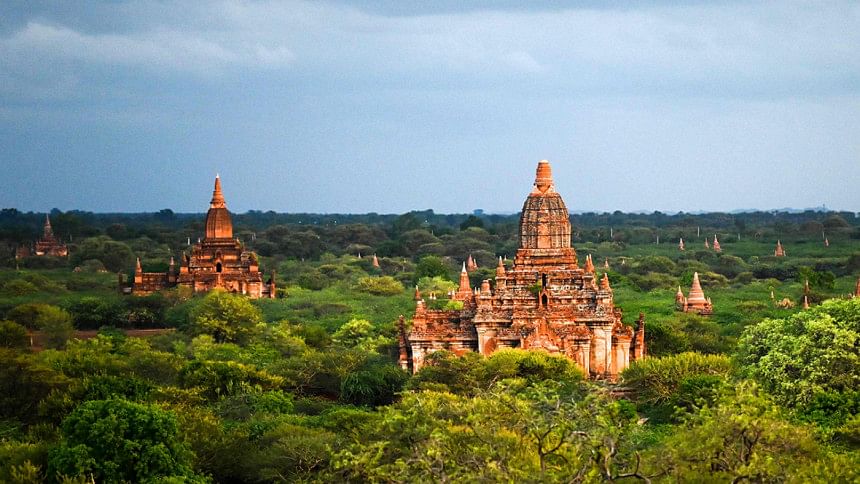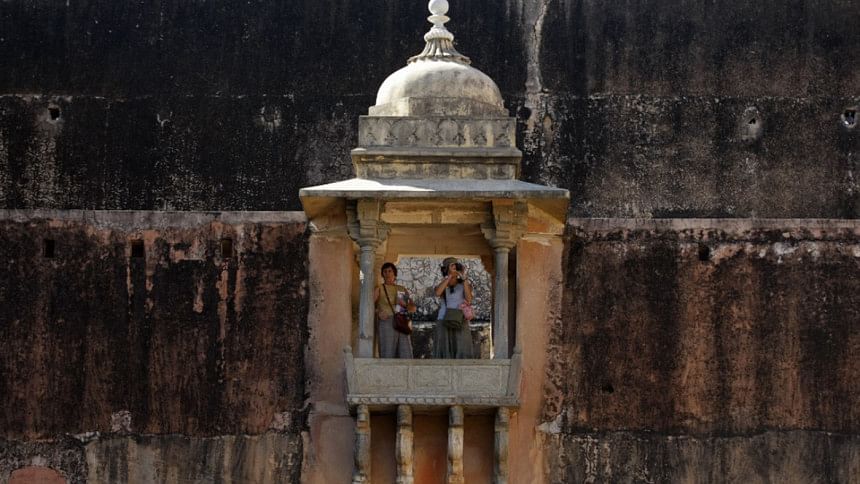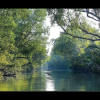India's Jaipur, Myanmar’s temple city Bagan awarded Unesco World Heritage status

Unesco inscribed India's 18th century Jaipur city, one of the most popular tourist spots in India, and Myanmar's ancient capital of Bagan as a World Heritage Site on Saturday,
With successful inscription of Jaipur, known as the Pink City as most of its buildings are pink, India now has 38 world heritage sites.
Meanwhile, nearly a quarter of a century after the complex of Buddhist temples in Myanmar was first nominated for listing.
The statuses were given at the 43rd session of the Unesco World Heritage Committee held in Baku, Azerbaijan, on Saturday, our New Delhi correspondent reports quoting an official statement.
Jaipur city
The countries that supported Jaipur's nomination include Brazil, Bahrain, Cuba, Indonesia, Azerbaijan, Kuwait, Kyrghystan, Zimbabwe, China, Guatemala, Tunisia, Bosnia and Hezegovina,. Australia and Norway initially proposed referral but after a debate they agreed for inscription of Jaipur city as a Unesco heritage site.

The Unesco World Heritage Committee said "the City of Jaipur is an exceptional urban example in indigenous city planning and construction in South Asia.
"Unlike other medieval cities of the region, Jaipur was deliberately planned as a new city on the plains open for trade as opposed to hilly terrain and military cities of past, though its planning still ensured a response to the surrounding hill tops in all directions," it said.
"Jaipur is an exemplary development in town planning and architecture that demonstrates amalgamation and important interchange of several ideas over the late medieval period," the Unesco committee said.
Besides exemplary planning, its iconic monuments of Jaipur in the desert state of Rajasthan like Govind Dev temple, City Palace, Jantar Mantar and Hawa Mahal excel in artistic and architectural craftsmanship of the period, it added.
Bagan
The decision recognizes the importance of the central Myanmar site – which includes more than 3,500 stupas, temples, monasteries and other structures built between the 11th and 13th centuries – and will likely be a boon to Myanmar's tourist industry, reports Reuters.
The Myanmar proposal to list the site was approved at a meeting of the UN's cultural body in Baku, Azerbaijan.
The International Council on Monuments and Sites recommended the listing, noting that Myanmar had adopted a new heritage law and had formed plans to reduce the impact of hotels and tourism developments around the temple.
Myanmar had reversed some "inappropriate conservation interventions," the body said, noting that Bagan was important for its historical significance and as a place of continuing Buddhist worship.
Bagan was first nominated as a World Heritage Site in 1995, but the military junta that ruled the country at the time was accused of ignoring experts' advice on restoration efforts and the nomination was rejected.
Earthquakes have also damaged the ancient structures, most recently in 2016 when nearly 200 temples were damaged by a 6.8 magnitude quake.
Myanmar has renewed efforts to list the site since a transition from military rule began in 2011.
"Bagan is living heritage, having endured all forms of challenges for more than a thousand years," said Myanmar diplomat Kyaw Zeya, speaking on behalf of the Myanmar delegation at the Baku meeting.
"Today we are celebrating the joyous moment of the successful inscription of Bagan in the World Heritage List. Afterwards we will continue our efforts on conservation and management of Bagan so that this treasured heritage will remain for another thousand years."

 For all latest news, follow The Daily Star's Google News channel.
For all latest news, follow The Daily Star's Google News channel. 








Comments